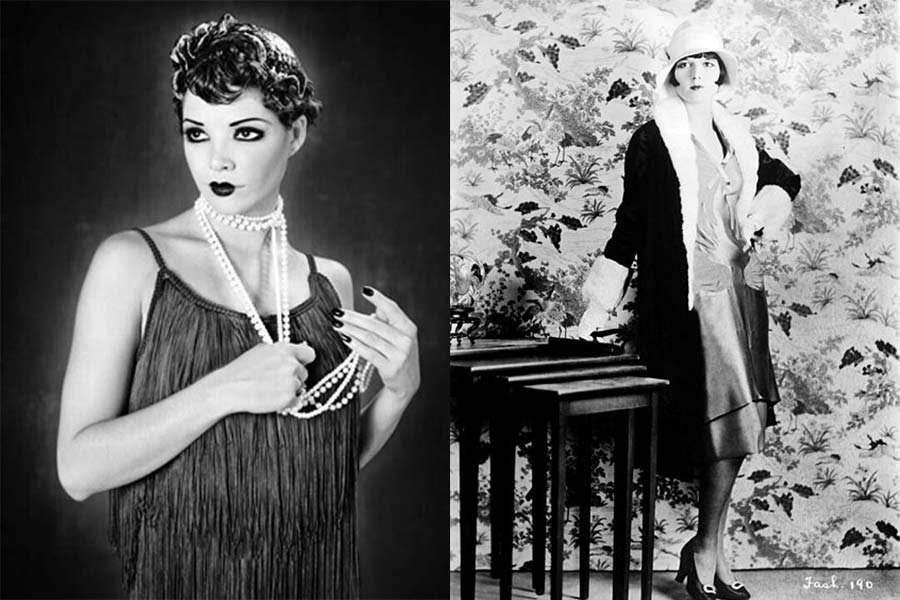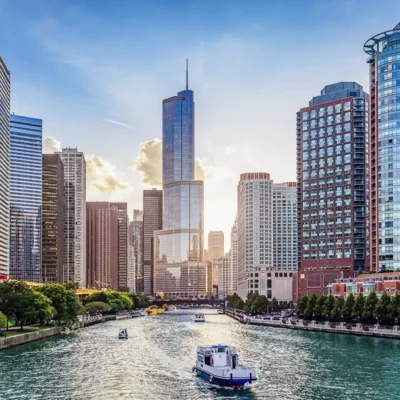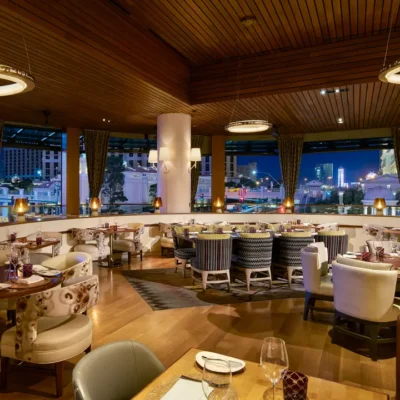Standing tall against the shimmering waters of Lake Michigan, Chicago’s skyline is more than a visual marvel—it’s a vivid timeline of America’s journey through innovation, ambition, resilience, and reinvention. The city’s architectural evolution mirrors the nation’s narrative, from post-war rebirths to 21st-century sustainability. For first-time visitors and architectural enthusiasts alike, walking through Chicago is like flipping through the pages of a living history book where steel, glass, and brick speak louder than words.
This immersive experience tells the powerful story of how Chicago became the cradle of modern American architecture and why it continues to influence skylines across the globe.
Chicago’s Iconic Architecture
From Ashes to Innovation: The Great Chicago Fire
The story of Chicago’s architecture begins with a catastrophe—the Great Chicago Fire of 1871. The devastating blaze destroyed more than three square miles of the city, leaving over 100,000 people homeless. While tragic, the fire created a unique opportunity for a complete urban rebirth. Architects and city planners saw this blank slate not as destruction but as a fresh canvas. What followed was a wave of innovation that laid the foundation for what would become the first modern city of the U.S.
This rebirth set the tone for Chicago’s enduring role as a pioneer in design, giving birth to architectural movements that continue to shape cities worldwide.
The Birth of the Skyscraper
Chicago is often referred to as the birthplace of the skyscraper—and rightly so. In 1885, the Home Insurance Building, built by architect William Le Baron Jenney, introduced the concept of steel-frame construction, revolutionizing vertical architecture. Though modest by today’s standards at ten stories, it set the template for high-rise buildings around the world.
The city’s architects embraced height as a symbol of modernity, freedom, and ambition—values that reflected the very spirit of America during its industrial rise.

Frank Lloyd Wright and the Prairie School Movement
No conversation about Chicago architecture is complete without mentioning Frank Lloyd Wright. Though he eventually relocated, Wright began his career in Chicago and developed his iconic Prairie Style here. These low-slung, horizontal homes broke away from European traditions, focusing instead on harmony with the Midwestern landscape.
Wright’s work, including the famed Robie House in Hyde Park, symbolizes the American ideals of individualism and organic growth. His belief in “form follows function” later influenced generations of architects and marked a significant shift toward uniquely American design philosophies.
Art Deco Glamour and the Roaring Twenties
As America roared into the 1920s, Chicago architecture mirrored the exuberance of the era with bold Art Deco designs. The Chicago Board of Trade Building and the Carbide & Carbon Building, with their geometric patterns and lavish ornamentation, reflected both progress and optimism.
These buildings didn’t just house businesses—they stood as monumental expressions of the American dream, showcasing prosperity, style, and technological achievement during one of the nation’s most transformative decades.

Post-War Boom and the International Style
Following World War II, Chicago saw a new wave of development, this time influenced by the clean lines and minimalism of the International Style. German architect Ludwig Mies van der Rohe played a significant role in this transformation, bringing modernist ideals to the city’s design ethos.
His buildings, including the iconic 860–880 Lake Shore Drive Apartments, used glass and steel in ways that emphasized simplicity and openness. These structures resonated with a post-war America eager for new beginnings and helped redefine urban living across the country.
Cultural Identity in Concrete: Mid-Century and Beyond
By the mid-20th century, Chicago’s architecture began incorporating deeper cultural and civic elements. The Marina City complex, affectionately dubbed the “corn cobs,” was not just a residential innovation but a social experiment in urban living.
Buildings during this time embraced uniqueness and often made statements about community, freedom, and experimentation—hallmarks of the American cultural shift during the 60s and 70s. These choices reflected a changing nation, one increasingly open to diverse ideas and lifestyles.
Millennium Park and Modern Sustainability
The turn of the century brought with it a renewed focus on sustainability and experiential design. Chicago’s Millennium Park exemplifies this, blending green spaces with modern sculptures like the Cloud Gate (“The Bean”) by Anish Kapoor.
This urban park is more than a leisure space—it is a symbol of how modern American cities are rethinking urban planning to prioritize community, interaction, and environmental responsibility.
Today, structures like the Aqua Tower and the Vista Tower stand not only as architectural feats but also as green-certified buildings leading the way in eco-conscious design, aligning with America’s growing environmental awareness.

Architectural Tours: A Living Museum for Every Visitor
One of the most immersive ways to experience Chicago’s architectural journey is through guided riverboat architecture tours. Companies like Chicago Architecture Center’s River Cruise offer insightful commentary that brings history to life.
From the Gothic revival of the Tribune Tower to the shimmering glass of the Willis Tower (formerly Sears Tower), each building stands as a monument to a different chapter in American history.
Conclusion: Chicago—A Mirror to America’s Soul
Chicago’s architecture doesn’t just tell the story of a city—it tells the story of a nation constantly reinventing itself. From the ashes of tragedy to the steel of ambition and the green of sustainability, every structure speaks to the resilience, creativity, and drive of the American people.
Whether you’re an architect, historian, or simply a curious traveler, a visit to Chicago is more than a visual experience—it’s a journey through the very heart of modern America.
Also read : Unforgettable Riverwalk Gems Every First-Time Chicago Visitor Must See





